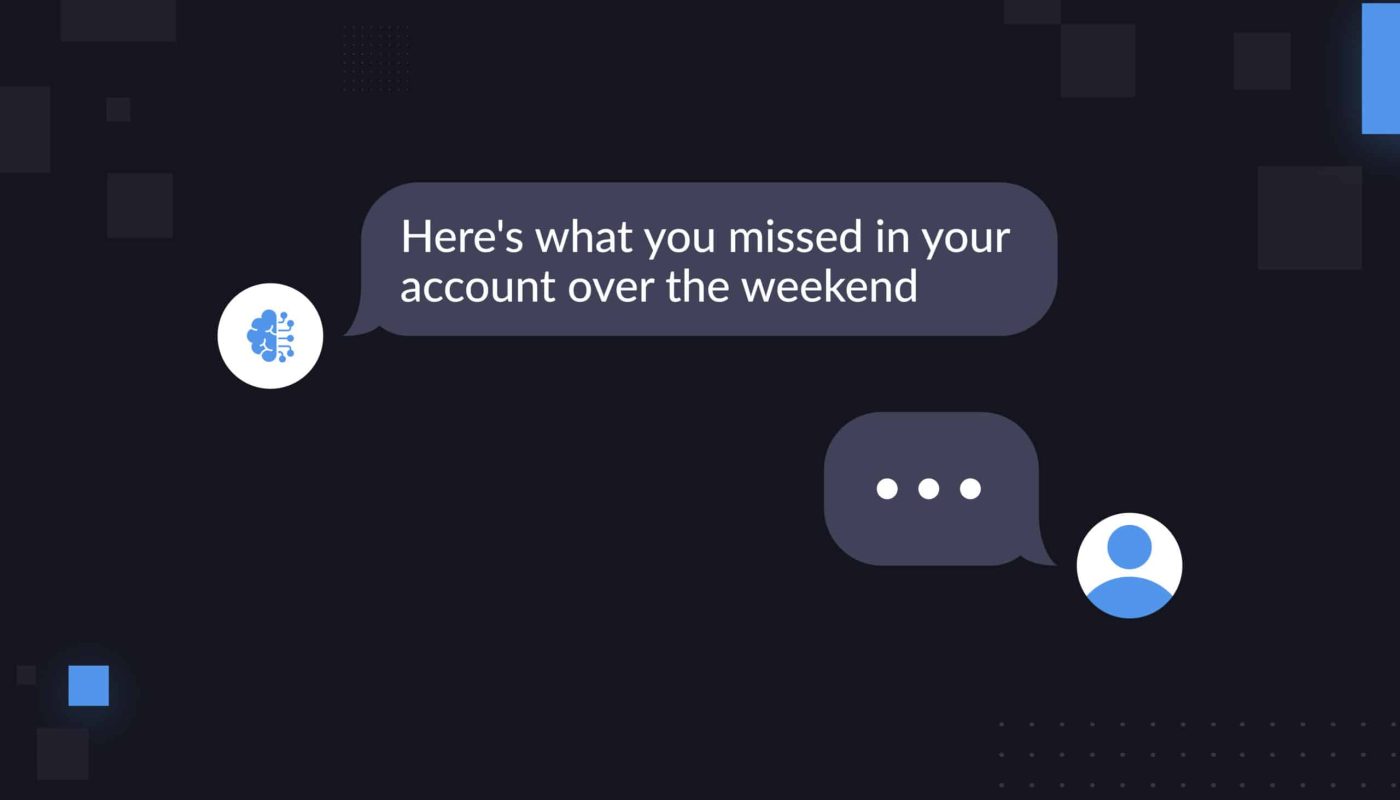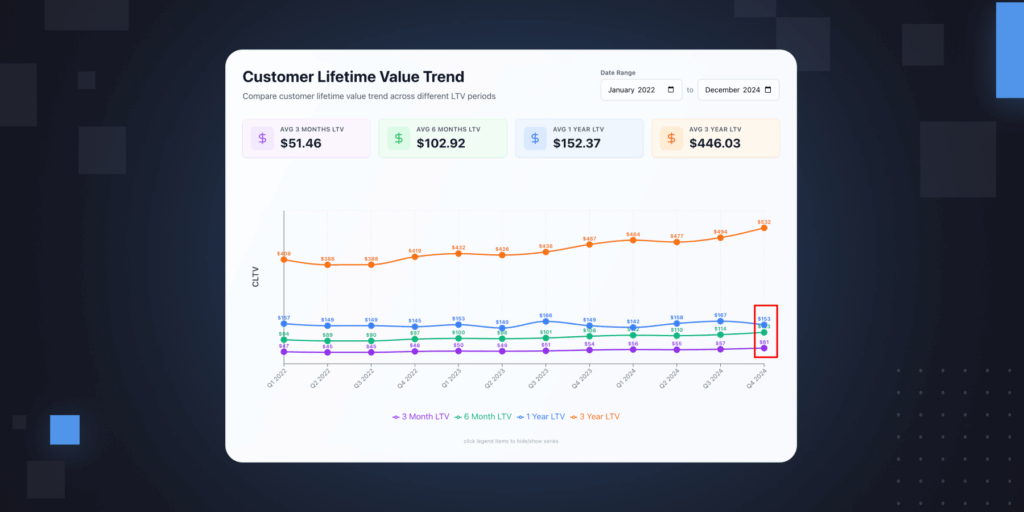You might already feel it: We are entering an entirely new era of the retail media business.
As brands double down on profitability, launch on more e-commerce channels, and embrace AI, the job of the advertiser is changing with it.
If you want to map the history of advertising onto the geological time scale, think of this new phase as something like the AI-in-media epoch.
What does that actually mean? Basically, in the name of efficiency and scale, account managers are going to embrace technology that works more like an autonomous, always-on co-pilot.
Soon, you will be using software that you can really talk to, that streamlines account audits, that spots growth opportunities, and so much more.
For today, we’re going to highlight three upcoming trends that we expect to shape the future of retail media technology and analytics.
Prediction 1: The end of static dashboards
One of the big innovations of the last few years was a steady improvement in performance dashboard systems. This was the original benefit of solutions like Intentwise.
Years ago, to spot successes and failures, you had to manually download and combine your reports from Walmart and Amazon into a messy Excel sheet.
Intentwise streamlined this. With solutions like Intentwise, you could get real-time dashboards that ingest, organize, and visualize your performance for you.
The next phase of ad tech and analytics is going to be even simpler. We’re heading away from static dashboards, and into a world where you can actually talk to your software about your performance.
Imagine having an always-on AI agent that does this analysis for you, flagging new opportunities or performance problems for you. Have a question about your numbers? Your software can help answer it.
The visuals will still be there, if you ever want to cross-reference what the software tells you or see the whole story for yourself. But you won’t need to constantly refresh those dashboards if you don’t want to.
Prediction 2: Software will become your advertising co-pilot
Your advertising decisions no longer have to be made with your judgment alone.
Until recently, most software solutions offered a binary choice: Either you make all of your advertising decisions yourself, or you outsource pieces of it, like bidding adjustment, entirely to AI.
Intentwise, for the record, never required this choice: We always let our users mix and match rules-based and AI-based bidding.
The problem with these technologies is they are not collaborative. On one hand: You as an ad manager have special insights and analysis that an AI agent doesn’t.
On the other: An AI agent is able to process massive amounts of data extremely quickly, meaning they could spot problem spots or opportunities exponentially faster than you.
The future of ad tech will mean that you and your AI agent will actually work together.
Your software will be more like your co-pilot—they’ll be surfacing targeting opportunities, harvesting keywords that deserve your attention, flagging dips in your Share of Voice or conversion rate or Buy Box percentage, and so much more.
Your AI copilot will even suggest, based on the data, what actions you might want to take next. It’ll be up to you as the account manager to figure out which recommendations to actually action, or which to tweak based on your own judgment.
Your software is there to help, but you stay in the driver’s seat.
Prediction 3: Observability will become your differentiator
Every brand’s biggest hurdle is figuring out why their performance changed—why their revenue went up or down, say—before it’s too late.
The reality is that, when your revenue drops, there are literally dozens of factors that may be influencing it.
The source of the change could be everything from Share of Voice to Buy Box to CTR to content to impression share to raw impressions to competitor performance, and much more—or a combination of a bunch of those.
You can’t possibly have time to cross-reference every little change on your own. But imagine you could see a truly 360-degree view of your product so that, every time there’s a change, you immediately know why.
This is what it means to have achieved true observability. No matter what happens with your product, your competitor’s product, or the market overall, you’ll be able to figure it out instantly. And then, take swift action.
Observability means having a pulse, with some help from AI, on everything that is happening with your product.
Want to learn more about our retail media predictions?
We’re going to break it all down at our Up Next event. We’re really excited about this—we think this is going to revolutionize how everyone does business.
Be sure to register and tune in to the event if you haven’t already, and come ready to ask questions, too.




